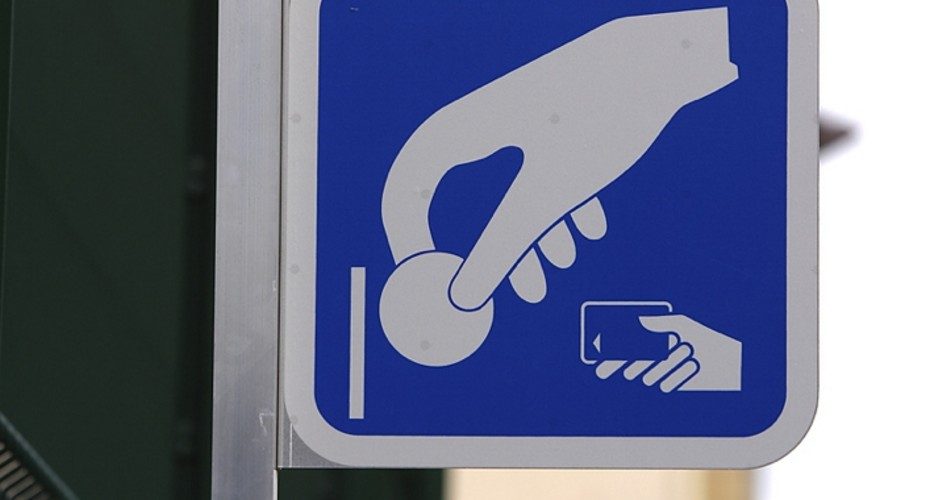
Austrian school economist Mark Skousen has labored mightily for a quarter of a century to persuade the Bureau of Economic Analysis (BEA) to publish a better measure of economic activity in the United States, and beginning in April, the BEA will start publishing the country’s Gross Output — the GO. Said Skousen:
Starting [in] 1990, I have made the case that we needed a new statistic beyond GDP that measures spending throughout the entire production process, not just final output.
GO is a move in that direction — a personal triumph 25 years in the making.
Ever since the establishment of the international monetary system at the Bretton Woods Conference in 1944, the Gross Domestic Product (GDP) has informed and driven monetary policy, often with unintended and unhappy consequences. By misreading economic activity, interventionist politicians and economists have implemented policies that have later turned out to be too little too late or, more recently, way too much. The GO, on the other hand, measures intermediate economic activity at all stages of production, from raw materials to the retail outlet. As Skousen explained:
While GDP is a good measure of national economic performance, it has a major flaw: in limiting itself to final output, GDP largely ignores or downplays the “make” economy — that is, the supply chain and intermediate stages of production needed to produce all those finished goods and services.
This narrow focus of GDP has created much mischief in the media, government policy and boardroom decision-making….
Since consumer spending [under GDP analysis] represents 70% or more of GDP … the media naively concludes that any slowdown in retail sales or government stimulus is necessarily bad for the economy….
In short, by focusing only on final output, GDP underestimates the money spent and economic activity generated at earlier stages in the production process….
Using GO as a more comprehensive measure of economic activity, spending by consumers turns out to represent around 40% of total year sales, not 70% as commonly reported.
Spending by business … is substantially bigger, representing over 50% of economic activity.
This aligns better with common-sense economic theory as well, that production precedes consumption, not the other way around. GO will also show that the real size of the U.S. economy isn’t $16.8 trillion as is commonly acknowledged, but will come in at nearly twice that figure when it is released in April, according to Skousen.
Even so, with the update in place, GO will still leave out enormous parts of the economy, and will fail to measure the unmeasurables, such as quality of life, speed of information via the Internet, and caring for children at home by parents. It will fail to differentiate between “wasteful” spending — i.e., foreign wars and consequent loss of life and limb and destruction of property and war matériel — and “productive” spending. It will fail to measure the potential advantage of obtaining a college degree, or the disadvantage of taking up smoking.
It will count legal fees, repairing of property damage, and medical expenses as positives instead of negatives. It will allow for such silliness as counting the value of a new home being built, as well as the cost of razing it following a flood or a hurricane. It will count disasters as positives and imports of superior goods from abroad (instead of buying inferior ones locally) as negatives. It will continue to count borrowing as a good thing no matter how it is spent or by whom: individuals or governments.
It will no doubt fail to measure the value added by 3-D printing at home, or pleasure gardening, or time off spent taking the kids to the zoo. How will it ever measure the enormous gains in time efficiency through the amazing development of transistors, where 100 million of them can now fit on the head of a pin, or a Nvidia graphics chip that powers a personal computer that contains seven billion of them? How will the GO measure the nearly trillion-fold gain in communications in fiber optic wire over copper wire just since 1971? How will the GO even begin to account for economic transactions that take place on the Internet using the Bitcoin? What about the black market or the grey market — the underground economy?
How will the GO attempt to measure the ability of such technical advances to allow individuals to develop themselves more fully through art, work, commerce, science, or community volunteering? Indeed, as Bret Swanson noted at TechPolicyToday.com, this vast improvement of communication technology “expands freedom and multiplies possibility…. Information leads to the next adventure, the next discovery.”
When Robert F. Kennedy addressed students at the University of Kansas in 1968, he said:
“The gross national product does not allow for the health of our children, the quality of their education or the joy of their play. It does not include the beauty of our poetry or the strength of our marriages, the intelligence of our public debate or the integrity of our public officials.
It measures neither our wit nor our courage; neither our wisdom nor our learning; neither our compassion nor our devotion to our country.
It measures everything, in short, except that which makes life worthwhile.
In this single three-and-a-half minute YouTube video can be found the nearly perfect expression of all that life involves, almost none of which will be captured by either the old GDP or the new GO.
A graduate of Cornell University and a former investment advisor, Bob is a regular contributor to The New American magazine and blogs frequently at www.LightFromTheRight.com, primarily on economics and politics. He can be reached at [email protected].



